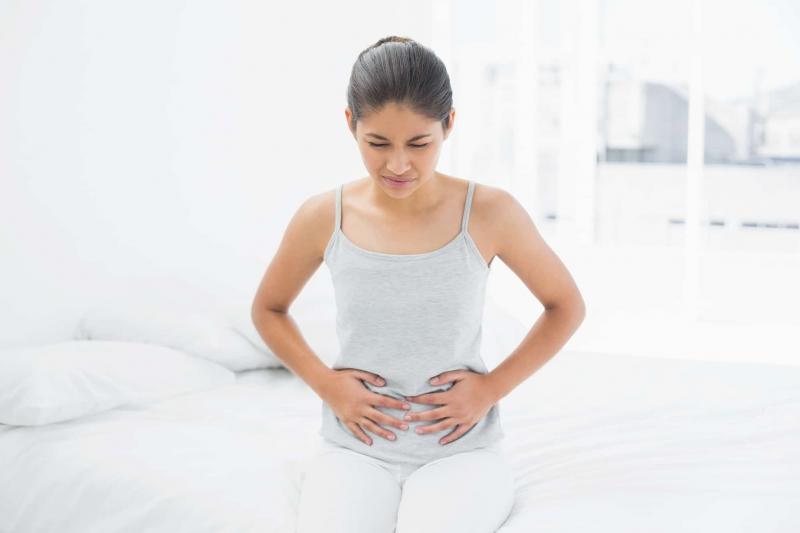Introduction
For millions of women worldwide, menstrual cramps, also known as dysmenorrhea, can be a monthly ordeal that significantly impacts their quality of life. These painful contractions occur during menstruation and can range from mild discomfort to debilitating pain. However, there is hope! With a variety of treatment options available, women can find relief and regain control of their lives during their menstrual cycles. In this blog, we will explore some effective treatments for menstrual cramps, ranging from lifestyle changes to medical interventions.
Understanding Menstrual Cramps
Menstrual cramps are caused by the contraction of the uterus as it sheds its lining during menstruation. These contractions are triggered by prostaglandins, hormone-like substances that help the uterus expel its contents. Excessive prostaglandin levels can lead to stronger, more painful contractions. While mild cramps are a normal part of menstruation for many women, severe and persistent pain can be a sign of an underlying medical condition and should be discussed with a healthcare professional.
Lifestyle Changes for Menstrual Cramps
-
Exercise: Regular physical activity, such as walking, swimming, or yoga, can help reduce menstrual cramps by increasing blood flow and releasing endorphins, the body's natural painkillers.
-
Heat Therapy: Applying a heating pad or taking a warm bath can help relax the uterine muscles and alleviate cramp pain.
-
Diet Modifications: Reducing the intake of caffeine, salt, and processed foods may help decrease water retention and inflammation, potentially easing menstrual discomfort.
-
Herbal Remedies: Some women find relief through herbal teas or supplements like chamomile, ginger, or turmeric, which have anti-inflammatory properties.
Medical Treatments for Menstrual Cramps
-
Nonsteroidal Anti-Inflammatory Drugs (NSAIDs): Over-the-counter pain relievers like ibuprofen or naproxen can effectively reduce inflammation and alleviate menstrual cramps when taken as directed.
-
Hormonal Birth Control: Oral contraceptives, patches, or intrauterine devices (IUDs) that contain hormones can regulate the menstrual cycle and reduce the severity of cramps.
-
Prescription Pain Medications: For women with severe cramps, their healthcare provider may prescribe stronger pain medications to manage the discomfort during menstruation.
-
Transcutaneous Electrical Nerve Stimulation (TENS): This therapy involves applying mild electric currents to specific areas of the body, potentially reducing cramp pain.
-
Complementary Therapies: Some women find relief through acupuncture, acupressure, or relaxation techniques like meditation and deep breathing.
When to Seek Medical Advice
While mild menstrual cramps are considered normal, severe or debilitating pain may indicate an underlying medical condition like endometriosis or uterine fibroids. If you experience any of the following, it is essential to consult with a healthcare professional:
- Severe pain that affects daily activities
- Menstrual cramps that worsen over time
- Irregular menstrual cycles
- Excessive bleeding during menstruation
- Symptoms of anemia, such as fatigue and weakness
Conclusion
Menstrual cramps can be a challenging aspect of a woman's life, but effective treatment options are available to provide relief and improve overall well-being during menstruation. From simple lifestyle changes to medical interventions, there are various approaches that women can explore with the guidance of their healthcare providers. Empowering women with the knowledge and tools to manage menstrual cramps ensures that they can lead active and fulfilling lives throughout their menstrual cycles. Remember, open communication with a healthcare professional is essential to finding the best treatment plan for individual needs, leading to happier and healthier menstruation experiences.
